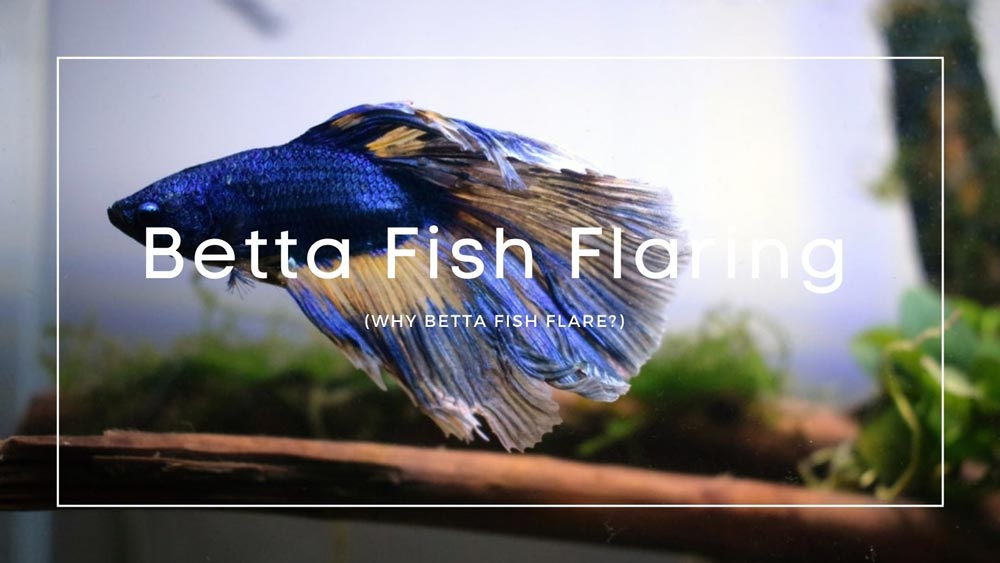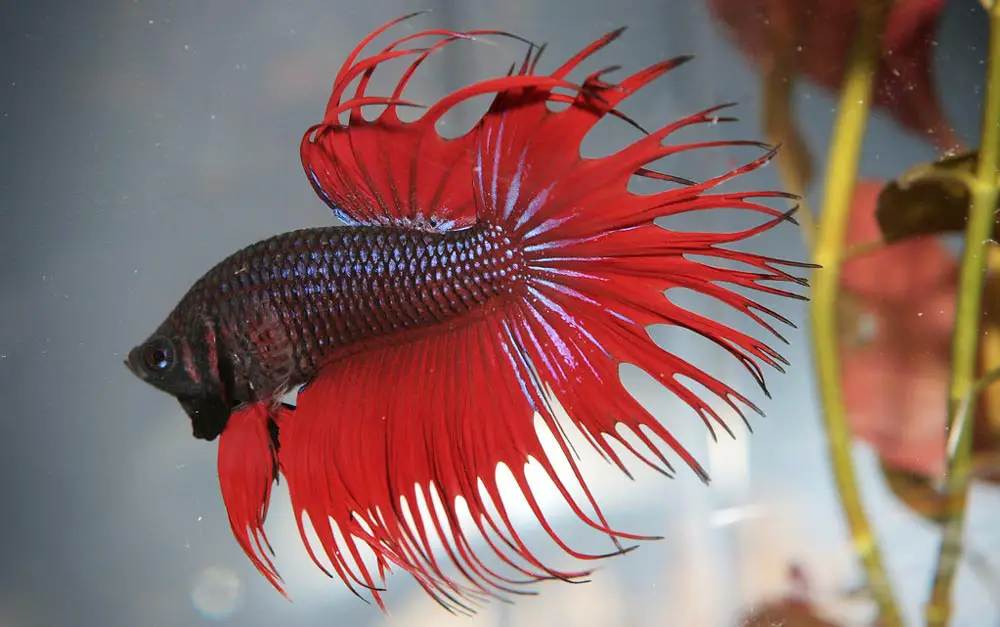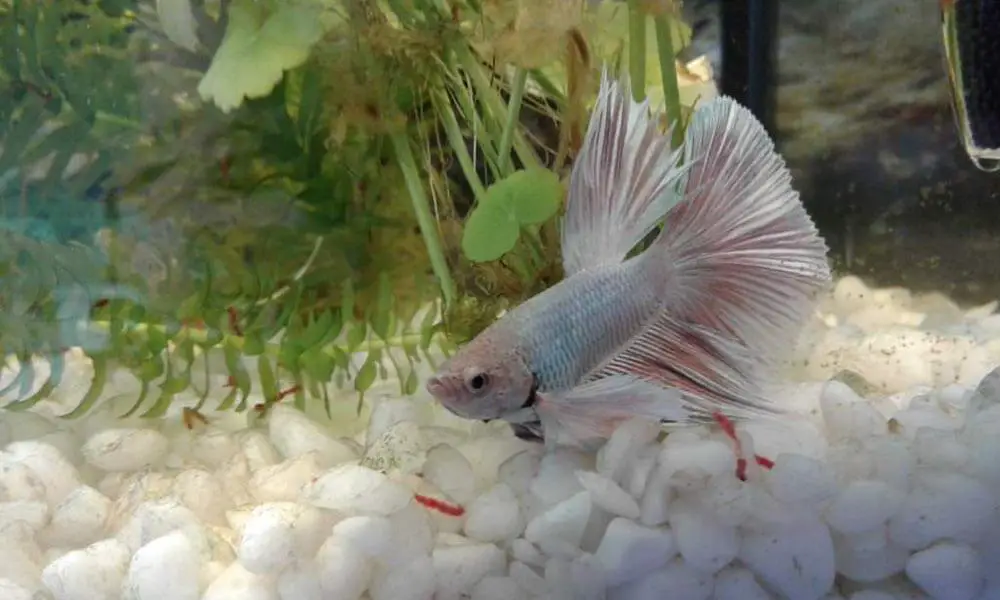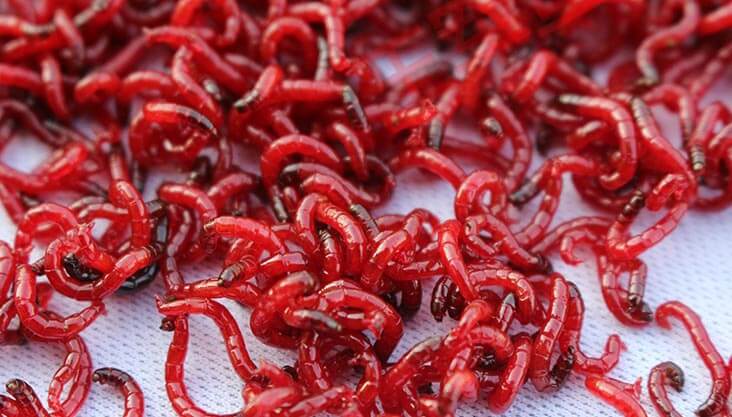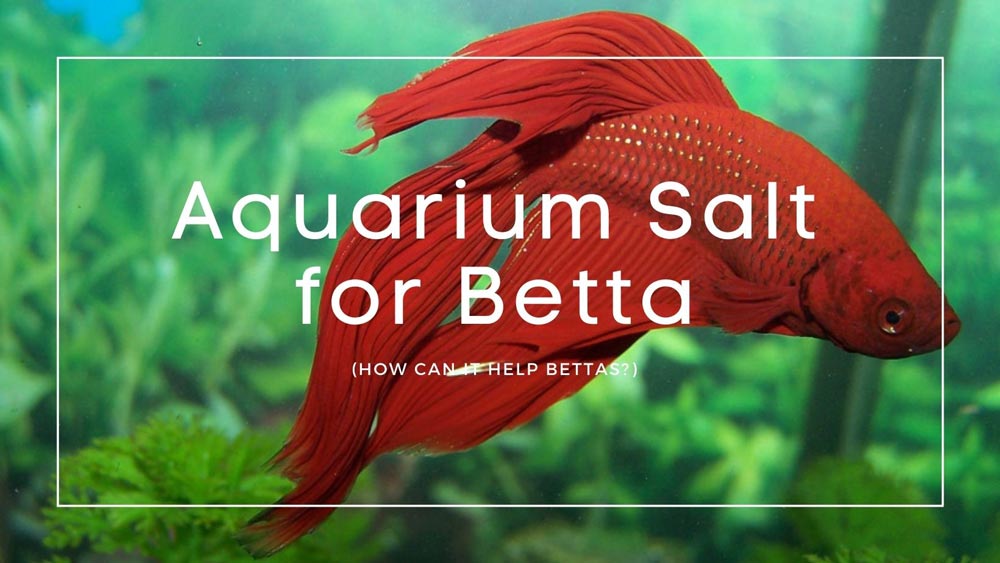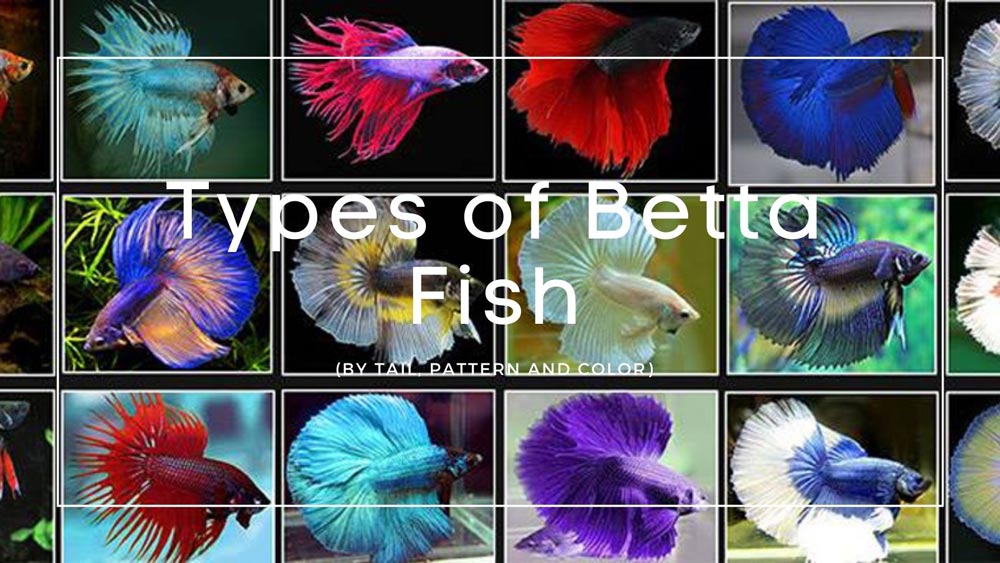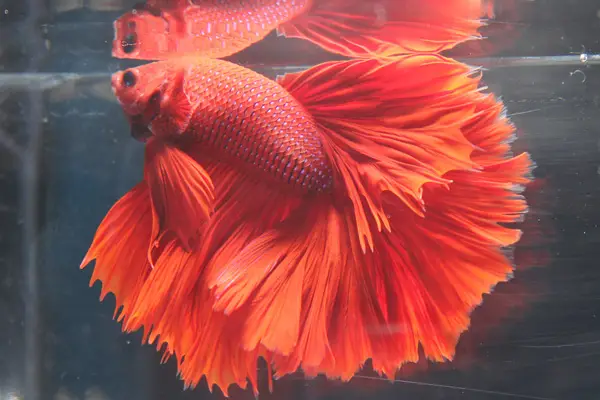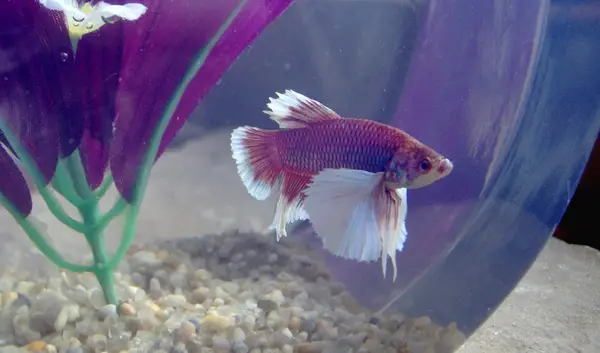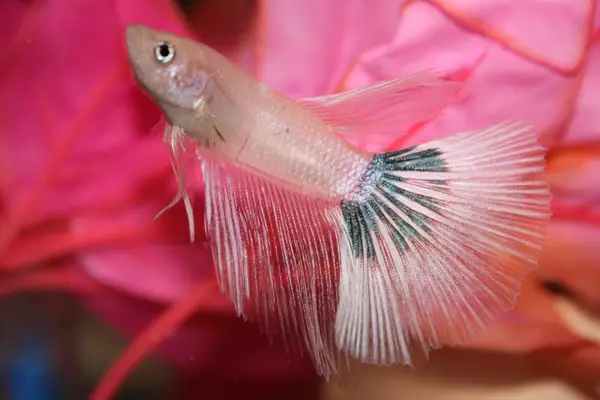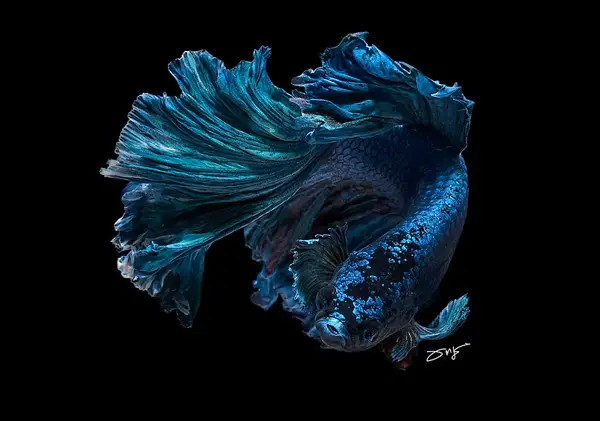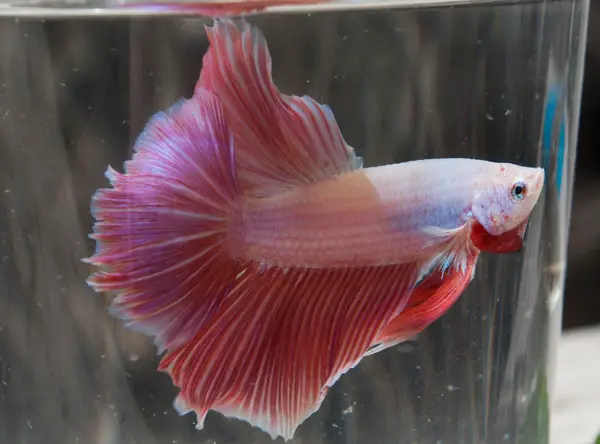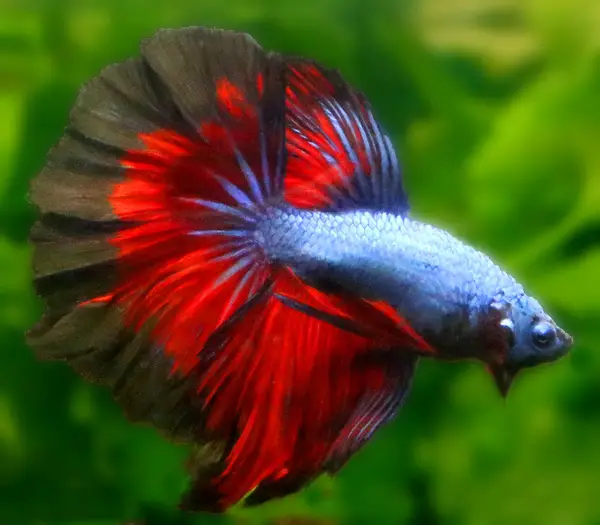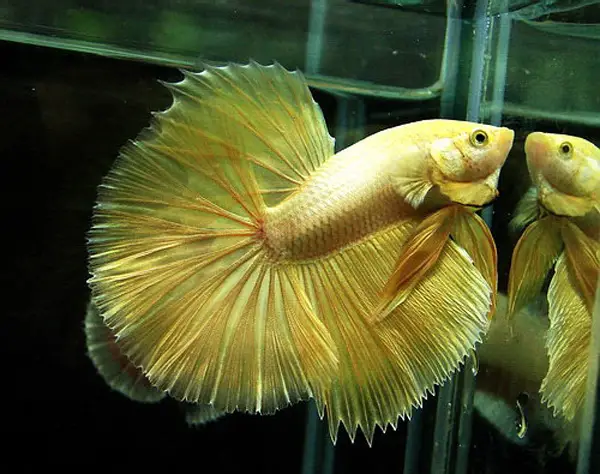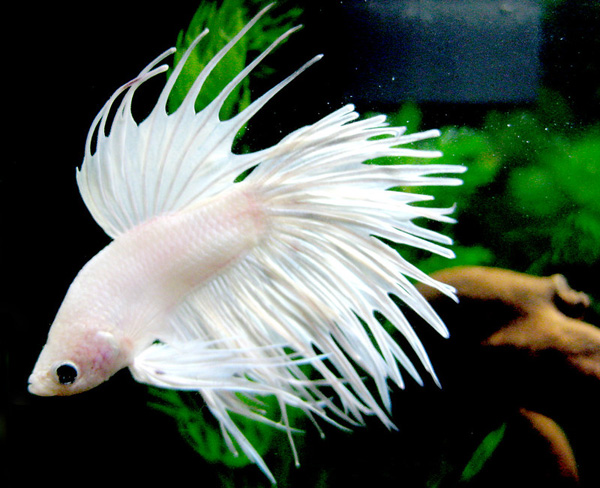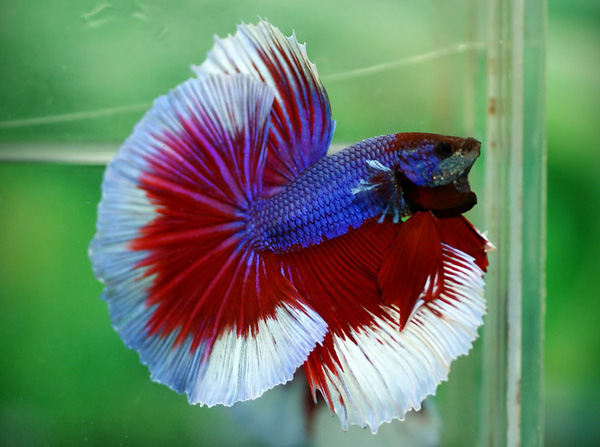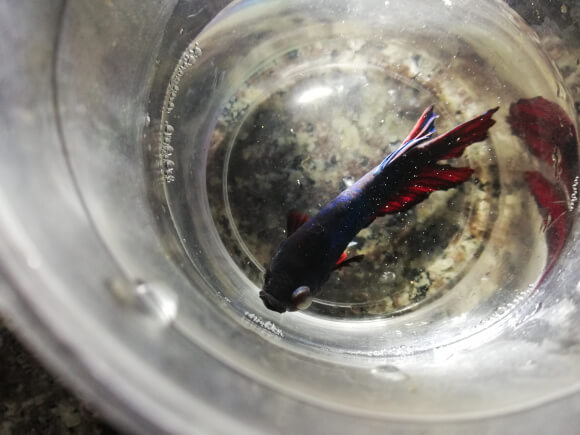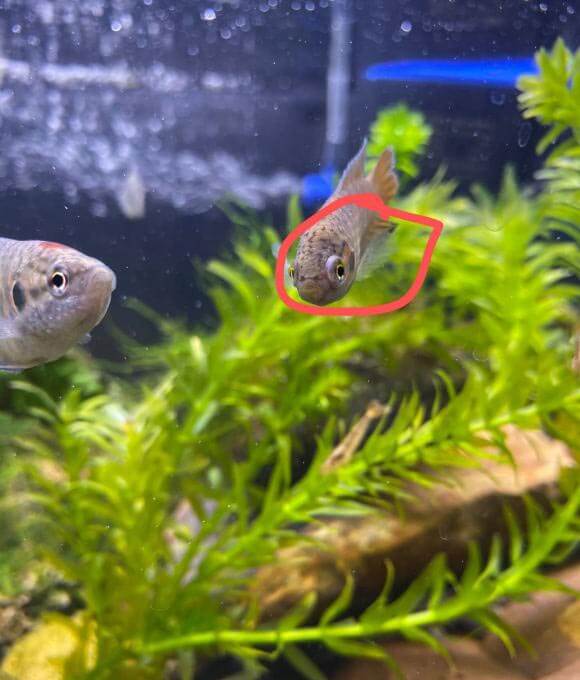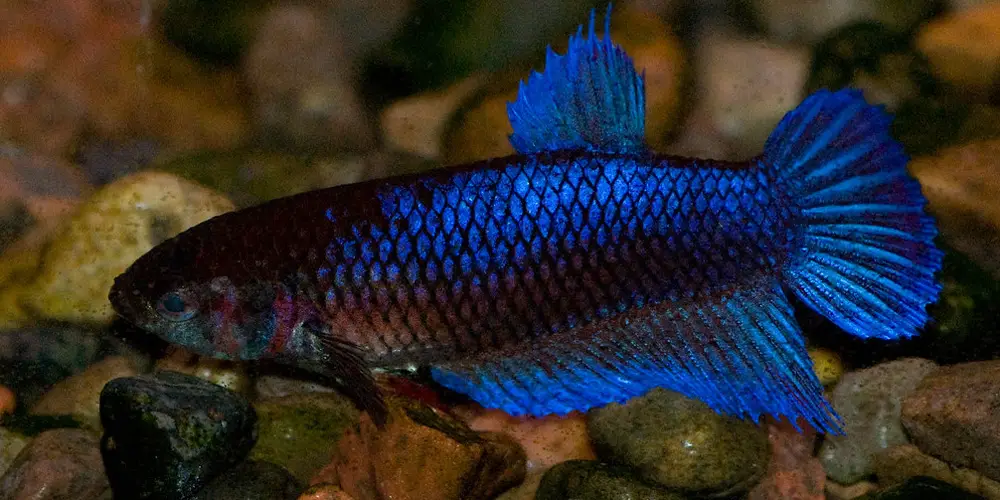Betta fish are absolutely charming in their appearance, and their quirks give them their unique personality. This interactive fish is a bundle of joy and entertainment for their owners, and they quickly make their way into your heart. A common concern amongst new betta owners is betta fish spitting out food.
While this seems alarming, the reasons behind it are things you can quickly treat. Bettas tend to be greedy with their food intake, so spitting out food is not something to be worried about.
Here are a few reasons behind why your betta fish is not swallowing food and how you can help in resolving the problems.
Why Does My Betta Fish Spitting out Food
When your betta fish starts spitting out food, the situation can obviously be alarming; however, the reasoning behind them is not as dangerous as you may think. Here are some of the most common reasons why your betta fish is spitting out food and how you can help them.
Portion Too Big For Your Betta Fish (Most Common Reason)
One of the most prevalent causes why your betta fish could be spitting out food, is due to the size of the food itself. The size of the stomach is as large as the eye, so their capability to digest food depends a lot on the size of the food they consume.
Certain pellets are larger than the size of the betta’s eye so they might spit out the food that is simply too large to digest. However, this does not mean that the betta is not consuming food at all. In fact, it might be taking tiny bites from the food that is easier for it to swallow. The spitting process may actually be the betta trying to break off the food into digestible parts.
Your Betta Fish May Have Digestion Issues
Another reason behind any betta fish spitting out food could be digestive issues. Digestive problems are pretty common amongst bettas, so it is possible that your betta might be going through the same. This is not something you be worried about.
For most cases, the digestive issue at hand is constipation. You can easily deduce whether your fish has constipation based on its defecation schedules. If it hasn’t been regularly defecating, then there is definitely a case of constipation. To treat this, you need to make sure that your betta fasts for 2 to 3 s days and then proceed to feed it daphnia.
Check out our full guide on constipation, or more information on why daphnia are so good for bettas!)
The Betta Fish Is Still Young
If you’ve recently brought a new betta fish, there’s a chance that your betta is still relatively young. Young bettas are only to be provided with live food for easy digestion, however, if you’re serving them pellets and flakes instead, there’s a high chance that they might not be accustomed to digesting this type of food.
You should switch up the diet of your fish. Often brands offer different kinds of sizes and quality of food that you can try out to find the perfect fit for your betta. Once you’ve found a suitable variety, then you can slowly build up with venturing into different types of pellets and flakes. Again, size is essential when feeding your betta, so make sure you’re choosing appropriately sized food when feeding your betta.
(Check out the ultimate betta fish feeding guide.)
Their Stomachs May Have Parasites
Occasionally, betta’s stomach can get parasite infested. These organisms can hamper the digestion of food significantly. So, even if your betta is hungry, it may not be able to gulp food properly and might spit it all out.
In case you think that your fish has an infected stomach, it’s best to quarantine it in a separate tank, so it doesn’t affect other fish. One other symptom of having a parasite is trouble while swimming. In this situation, it is always best to contact a vet to make sure that the situation is handled correctly, and the betta is dewormed effectively.
An Unaware Betta Fish
Aside from the large betta size of the food, another common cause why your betta fish spitting out his food is your betta simply being unaware or dumb. Most times, the betta can be unaware of the fact that what he is being fed is actually food and needs to be digested. This is a common situation amongst most bettas.
The only way to contest this is by feeding him whatever you’re providing as usual. While the betta may reject it at first, the hunger will force it to start consuming the food over time.
Just be careful that if the betta refuses to consume the food within the first 10 minutes, it’s best to remove the food from the tank. This is because if you do not get rid of the food from the container, the food will decay slowly and cause a rise in the ammonia levels within the environment of the tank, which could affect the fish adversely.

What Should I Feed My Betta Fish?
One way you can avoid all food-related problems for your betta is by selecting the right kind of betta fish food. Pellets and flakes are popular options that swell in size after consumption. Additionally, a protein-rich diet is necessary to fulfill the needs of the carnivorous betta.
In wild habitats, betta fish rely on insects and larvae as their primary diet. Alongside some plant matter, the protein intake was mainly through the exoskeletons of insects and their wings. You can mimic this diet by using frozen foods such as daphnia, brine shrimp, bloodworms, and even mosquito larvae.
Maintaining an appropriate diet for your betta is a great way in making sure that there aren’t any problems with digestion of the food and that the betta doesn’t spit out the food.
Conclusion
Most times the issue behind the betta fish spitting out food lies in the nature of the food itself. By maintaining a good diet and getting frequent checkups with the doctor, you can be assured that the food spitting issue is nothing to be too worried about.

